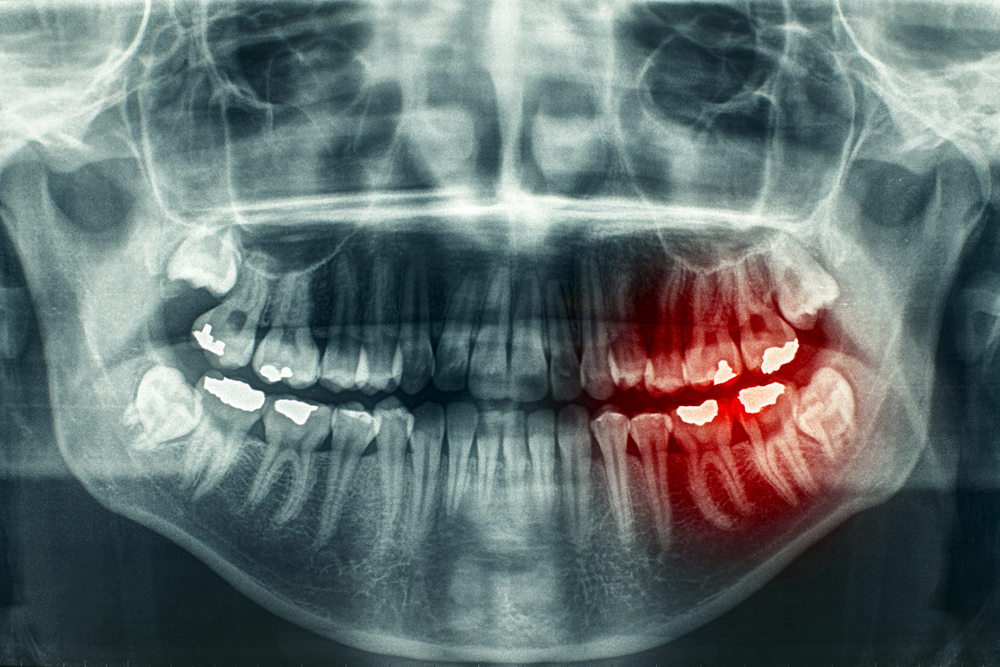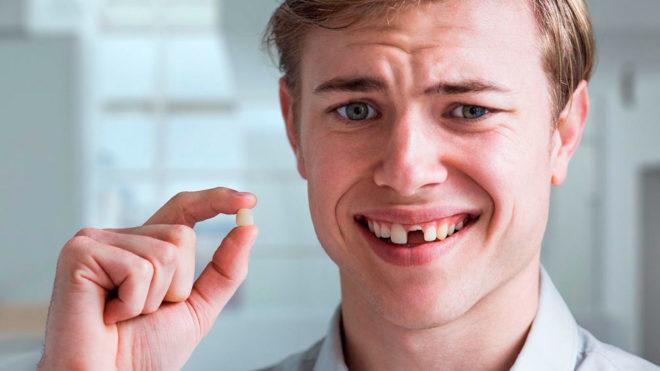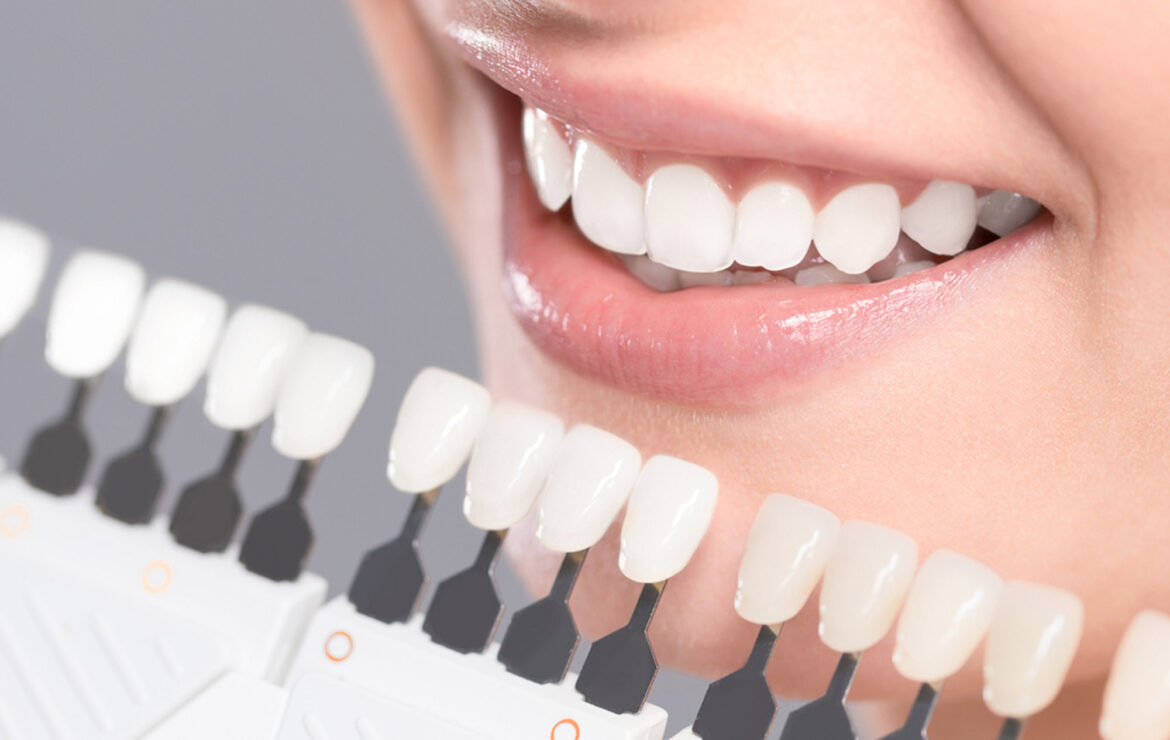What are X-RAYS?
Overview
X-rays are usually there to help dentists to look through your teeth. If you think that you might have some sort of tooth decay or root canal and it’s not visible, then it’s time to do some x-rays. X-Rays also known as radiographs, and they are diagnostic or they can be preventive because they are helping dentist to see your problems before they become really bad.
What do X-RAYS show?
The x-rays are common and present in almost every dentistry there are. They show all the details of your tooth, bone and gum tissues. The X-rays can help dentist to see the following:
- See the status of developing teeth
- Look if you need a root canal
- See how is the bony area around the tooth
- Help diagnose gum disease
- Look for cavities
So how often should your teeth be X-rayed?
Lots of people may require X-rays once in a while. If you have poor oral health or you have more than 6 filling then 6, then you will probably need to do X-rays as often as every six months. People who has amazing oral health and who visit their dentist regularly, might do X-rays as often as three years or so.
If you need any consultation regarding your check-ups or dental health overall, you can visit our website and find all the information you need!
Who might need more regular X-rays?
- Children
- Adults who has many fillings and restorations
- People who might or do have gum disease
- People who has xerostomia(dry mouth)
- Smokers and users of chewing tobacco
X-Ray Procedure
X-rays are usually taking place in the dentist’ office. There is no pain during the x-ray but it just might not be comfortable to keep hard Plastic Square in your mouth for a second. What to expect:
- Firstly, you will be covered with a little heavy lead apron to protect you and your body from radiation. Then your dentist will insert small apparatus in your mouth and you will need to bite down on it.
- Then your dentist will take a picture of the area or the entire mouth. You might need to repeat the steps as the picture might not be so clear to see.






